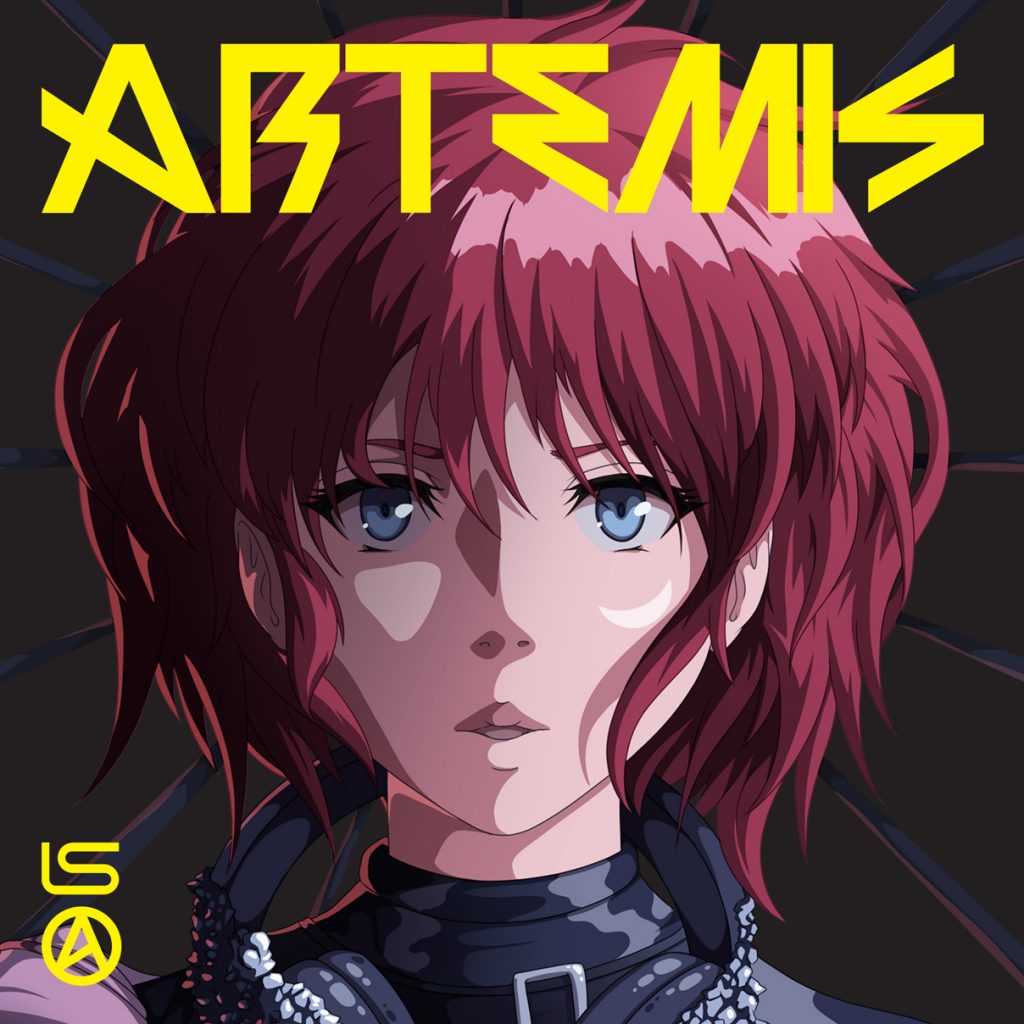ALBUM REVIEW: Violinist Lindsey Stirling finds the upside with ‘Artemis’

Since making it to the quarter finals on America’s Got Talent in 2010, violinist Lindsey Stirling has amassed a wildly successful career in a genre that didn’t exist previously. Blending her classically trained musicianship—often funneled through the perspective of a raucous fiddle—with elements of electronica and hip-hop, Stirling has racked up numerous awards and career high-water marks.
Artemis
Lindsey Stirling
BMG, Sept. 6
Her first three albums, starting with a 2012 self-titled debut, were all certified gold. Shatter Me (2014) and Brave Enough (2016) both made the top five on the on the Billboard 200 chart. Single “Crystallize” went platinum while “Shatter Me,” with Lzzy Hale, went gold as well. Her YouTube channel has 11.5 million subscribers, who’ve given her videos, which feature her nimble dancing, more than 2.5 billion views. Even a 2016 memoir made the New York Times bestseller list.
But behind the scenes, Stirling has faced crises of self-confidence. She faced off against depression and anorexia and dealt with both her best friend and father passing away. To that affect, her new album, Artemis, is about her fight against dark forces and her emergence to the other side.
The concept of Artemis is based on the Greek myth of the goddess of the moon and daughter of Zeus. Stirling draws from this analogy: while the moon is bathed in darkness, it always returns bright. So the record—though much of it has no lyrics—becomes an allegory for hope. The artist laid out a brief synopsis of the action to pair with the song titles. The story’s heroine is from the “Underground” (the album opener) in a dystopian world and needs to get to “The Upside” (album closer) in order to get Alzheimer’s medication for her uncle. Along the way, she encounters various types of evil.
Understanding this story, or the archetypal her’s quest, is essential for interpreting the movements in the music. Without that, the record comes across as powerful mood music but completely open to interpretation. With the story as a guide, the gauzy violin and keys intro to “The Underground” comes with the film reel backdrop of lights flickering in the dark. Stirling never rests on classical timbre for long. Less then a minute in, the beat drops—at which point her violin more or less plays the vocal part on the song’s dubstep stylings.
The title track introduces the protagonist, but it’s hard not to think of it as Luke Skywalker’s entrance as the melody carries multiple strains from John Williams’ Star Wars Theme. Modulating synths and a brassy undertone notch up the drama before airy vocalizations and a thumping beat arrive. The video for the song shows a muddied Stirling running through a forest, perhaps making her escape or preparing for battle.
“Til the Light Goes Out” includes vocalizations. Although they’re hard to make out, they sound vaguely Native American and ceremonial. It creates a uniquely poignant blend when paired with the spritely, skittering strings and the EDM beat. Ethereal ambiance connects this song to “Between Twilight,” on which Stirling plucks her violin like a harp between choir-like vocals. Her gentle solo feels suited to soundtrack a film situated in the Scottish Highlands.
The next two songs, “Foreverglow” and “Love Goes On and On,” tighten the bolts on the story.
“Starry night/ Speck of white/ Would you know your native light/ If you weren’t born into the dark?” Stirling sings in an upper register. “Your shine won’t glow forever/ But you’ll forever glow.” As one of the slower songs it gives more space for Stirling’s violin lines to dance over it.
The latter song marks a turning point on Artemis. The glassy, recognizable voice of Evanescence’s Amy Lee takes center stage. It’s the album’s most dramatic moment, explained by the two artists having worked and toured together in 2018 and connected over a shared sense of loss. For Stirling it was her dad and best friend. For Lee it was her brother, who passed away around that time. The song’s lyrics paint a picture of your loved ones watching over you after death.
The rest of the album takes an upward swing with more of Stirling’s majestic instrumentation set atop a bedrock of electronic dance music. Highlights come in cuts like “Darkside,” which intersperses cello-like plucking over finger snaps and the melodic bridge. “Guardian,” meanwhile, displays more rock tendencies. The percussion here recalls bands like Imagine Dragons, whom she famously covered a few years ago.
The backside of Artemis includes two versions of “The Upside,” one of which sees guest vocalist Elle King replaces some of Stirling’s soloing.
“Holding on and I’m upside down/ On my way to the upside now,” King sings.
The traditionally poppy closer functions like an end credits scene, with our protagonist having defeated her enemies and slowly disappearing over the horizon.
Follow editor Roman Gokhman at Twitter.com/RomiTheWriter.
